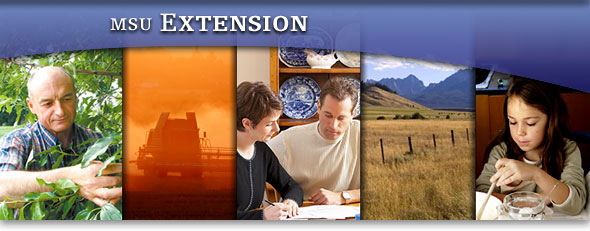In my estimation, about half of our intended crop acres have been planted due to our overly wet conditions. And, if that is not enough bad news, now, many of the acres that have been planted are under water. So the most popular question being asked now is how long crops will survive under water.
For corn, wheat, and barley, here is a great source of information from North Dakota Extension http://www.ag.ndsu.edu/procrop/env/fldwhb07.htm.
And here (http://www.ag.ndsu.edu/flood/farm-ranch/salvaging-crops-after-flooding) is a good source of information regarding forage and hay crops, the effects of flooding on them, and recovery.
Friday, May 27, 2011
Lots of rain and more on the way
 I know it is a bit difficult to determine what this is without seeing it before the water was there but the picture shows a Richland County producer's alfalfa hay field under water. This was taken on May 24th, and this was the third or fourth day the field had been under water. This field is located in the southern portion of Richland County, along the Yellowtone River.
I know it is a bit difficult to determine what this is without seeing it before the water was there but the picture shows a Richland County producer's alfalfa hay field under water. This was taken on May 24th, and this was the third or fourth day the field had been under water. This field is located in the southern portion of Richland County, along the Yellowtone River.
Wednesday, May 18, 2011
Studies on the effects of planting dates and rates on Spring Wheat and Barley
With much of our spring wheat yet to be seeded, some questions have been raised regarding recommendations for planting rates and how these late seeding dates are going to affect yield and quality. In 2007 and 2008, a study was conducted at the Western Triangle Research Center in Conrad, MT. The study looked at three different planting dates and three different planting rates for both barley and spring wheat. Results of the study can be found at http://www.sarc.montana.edu/documents/mwbc/2008/WT08SeedDate.pdf
The study was also conducted in 2010 and those results can be found at http://ag.montana.edu/wtarc/Web2010/PlantingDatexRate.pdf.
The study was also conducted in 2010 and those results can be found at http://ag.montana.edu/wtarc/Web2010/PlantingDatexRate.pdf.
Tuesday, May 10, 2011
Wetter than wet
As far as seeding is concerned in Richland County, we are in a holding pattern. For much of April and now into May, our fields have been either covered in snow or extremely saturated. There was some planting and tillage that took place around Easter and we had a few days since that provided more opportunities, but, for the most part equipment has been parked. There are several stories of people trying to push the envelope a little too much and winding up with tractors and equipment stuck in fields.
The wet weather and snow has been somewhat detrimental to our cattle herds as well. A blizzard that occurred on April 30 lead to the loss of several calves by several ranchers.
The wet weather and snow has been somewhat detrimental to our cattle herds as well. A blizzard that occurred on April 30 lead to the loss of several calves by several ranchers.
Subscribe to:
Posts (Atom)

